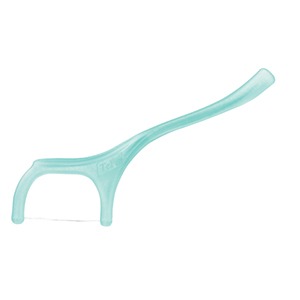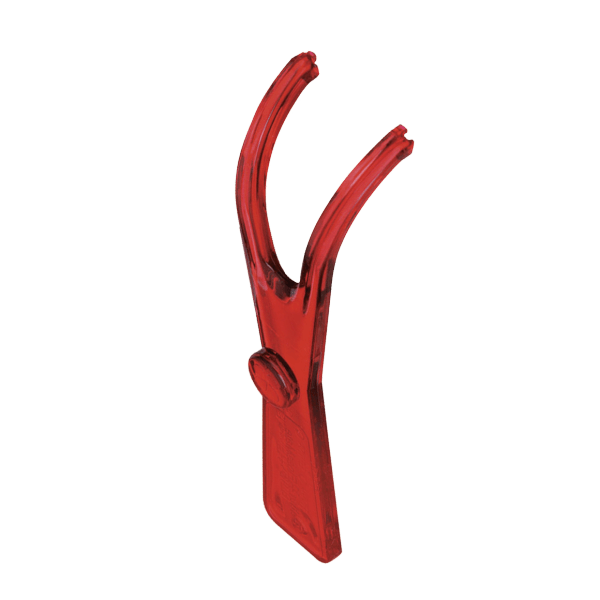Flossing for kids
Did you know that flossing for children is just as important as brushing their teeth? This often comes as a surprise to parents when we discuss it at our appointments, so don’t worry if you didn’t know, you’re not alone!
Why do we floss?
Only 60% of the tooth surfaces can be cleaned by toothbrushing alone.
Toothbrush bristles do not reach between the teeth and this is where flossing comes in!
1. Preventing decay
Decay in children most frequently starts between the teeth. Because this decay can be hidden from view for so long it is often not picked up until there are complications like pain or infection.
Flossing disrupts and removes the bacteria that cause this type of decay.
2. Preventing gum disease
If bacteria is left around the gum tissues for too long, it can start to cause inflammation.
This inflammation is called gingivitis and it can progress to more destructive gum disease (periodontitis) in adulthood.
Gum disease can have a serious impact on general health in later life. It is now well established that gum disease is linked to diabetes, cardiovascular health, premature delivery and low birthweight babies.
Developing flossing habits early on is essential for the future health of your child.
3. Managing early decay
Sometimes early decay is detected between the teeth in the enamel layer. At this stage, the decay is reversible with a reduction in sugar, adequate fluoride, and flossing the plaque away from the decayed area. Diligent flossing may be able to stop this type of decay progressing and needing a filling.
When to start
Flossing should start when you have two teeth contacting each other. Depending on the spacing of the individual child’s teeth, this may first happen with the front teeth from as early as 12 months. For other children, the front teeth may never be in close contact, and it may be the molars that are the first teeth you need to floss. The second primary molars erupt from approximately 2-3 years of age.
It is the contact areas between the molars that are at the highest risk of decay.
Start by flossing once a day, as part of the night-time brushing routine.
How To Floss
This flossing…

Not this flossing…(although we do love it when our patients dance for us!)

Flossing is difficult and we understand that it is even more so when flossing for a child.
With practice, it becomes a really quick and easy thing to do. Your dentist may be able to show you some tips during a check-up to help make it easier. We think the following works really well so give it a go!
- Lay your child on a bed with their head over the end. or lay them on the floor.
- Stand, kneel or sit behind your child’s head so you end up with the same view we get as dentists.
- Use a sibling, another adult or the child ‘patient’ to hold a torch/phone for greater visibility.
- Floss!
You may be pleasantly surprised at how easily your child will accept this as part of their routine.
Types of floss available
There is essentially no such thing as ‘children’s floss’. The packaging may be cuter, but the floss will work in the same way as your own. If your child has a flavour aversion, be aware that some floss can come coated with a mint flavouring. The contacts between a child’s teeth may not be as tight, so using teflon tapes are generally not required and we find these remove less plaque compared to waxed floss.
Floss vs. Flossettes
These both achieve the same result if used properly and it often comes down to personal preference. Some differences are listed below:
Floss
- Sometimes easier to achieve better control of the floss tension
- Less plastic wastage
- More cost-effective
Flossettes & Floss Holders:
- Can help reach the back teeth, particularly if the child has a small mouth, active tongue, or the adult has large fingers.
- Children enjoy the novelty of them
- Easier to hold, especially for older children who wish to start trying to floss by themselves.


Floss holders allow you to wind the floss around the ends, meaning you can use your floss of choice. Another benefit is that you can adjust the floss tension easily. They are more environmentally friendly as you reuse the holder and only dispose of the floss.
For more help and advice on how to floss, ask your dentist or Oral Health Therapist at your child’s next appointment.
